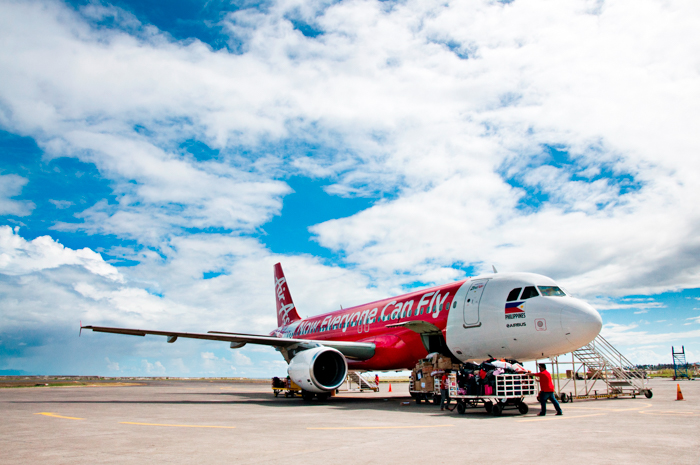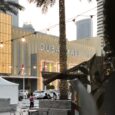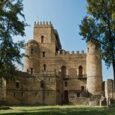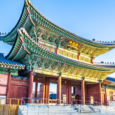3. Visit Cave Vin at Gwangmyeong Cave: a Wine Restaurant inside a Cave!
Wine restaurant in a cave or a cave with a wine cellar, a restaurant, and museums? Whatever it is, this old mining site called Gwangmyeong Cave has something for every visitor. Inside this 194-meter labyrinth is a wine restaurant with its own wine cellar, modern museum, art center, aqua displays, golden palace, wishing walls, waterfalls, spring waters, and many other attractions for the young and old – and did I mention for the alcoholics err oenophiles, too?
100 kinds of wine of different labels are served in Cave Vin with vintage objects to remind you about the art of making wine and the dreaded desire to consume a lot of it. The place is for members only and caters to special occasions, but we were told that it is soon to open a portion of its cellar to the public.
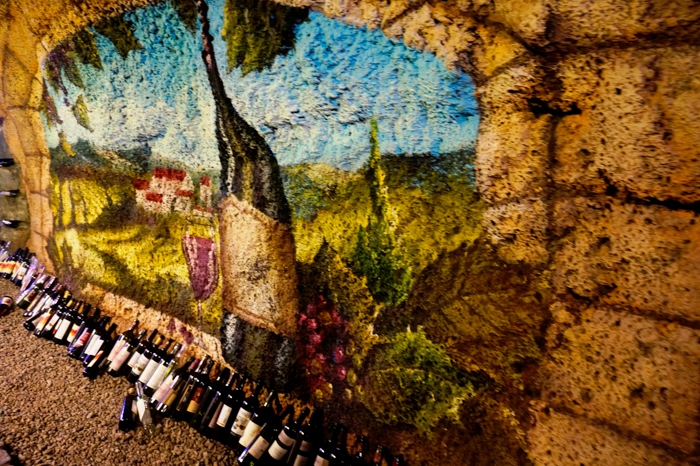
2. Learn to Make Cheese at EcoGreen Campus
What’s wine without a cheese? Why not we make our own cheese? Of course, cows do not live in the caves, so we headed to EcoGreen Campus (www.ecogreencampus.com) located 1,000 meters above sea level in Gangwondo Province.
The breathtaking view of rolling hills of barley and wheat fields will greet you while friendly cows, sheep, and other farm animals. They all seemed to know what city dwellers are like and were unmindful of the awful noise from our bus as it carefully maneuvered an uphill drive. We were too lazy to take the 4-kilometer walk to see the Dong Hae Observatory, Botanical Garden, Wind Powered Generator Complex, and the vast grazing land in search of cow’s milk for our cheese-making mission.
EcoGreen has 53 wind powered generators providing electricity to 50,000 households or about 60% of Gangneung population. I was stunned by its beauty and completely blown away by what it does to the Korean people, to nature, and to visitors like me.
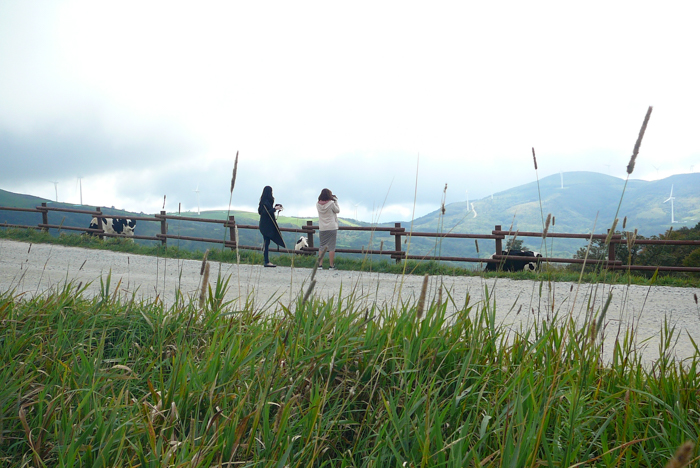
EcoGreen Campus is a famous filming location of Korean movies and TV soap operas. Among them are Lover’s Concerto, Taegeuki: Brotherhood of War, Beethoven’s Virus, and Windstruck. I almost forgot about the cheese. After some playtime with cattle and flock of sheep, and obligatory re-enactments of Koreanovela scenes, we reached the Windville Cheese Factory in Daekwallyeong Uiyayi Farm Village in Kangwondo-do (or Gangwon-do) to learn how to make cheese. It was so ch-easy. The place is considered the “Alps of Asia” according to the cheese-making flyer, and I was excited to find out why.
“The secret is in the fresh milk that comes only from cows from Daekwallyeong Highlands,” says Choi Soo Yeon. She’s over 70 years old but quite giggly and energetic that she reminded me of Sandara Park. Or a future version of her, at least.
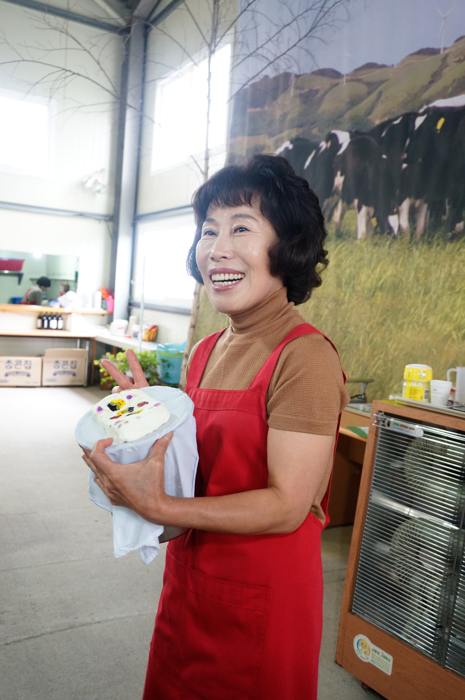
The chewy white cow cheese with sunflower seeds made us all cheery until we reached Jeong gang Won, also part of Gangwondo, that’s famous for its cold, breezy weather especially during autumn.
1. Learn to make the best Bibimbap and taste the best Kimchi at Jeong Gang Won.
We were divided into groups and must compete ala “Iron Chef” Korea. Let the battle for the best Potato Pancake and Bibimbap begin!
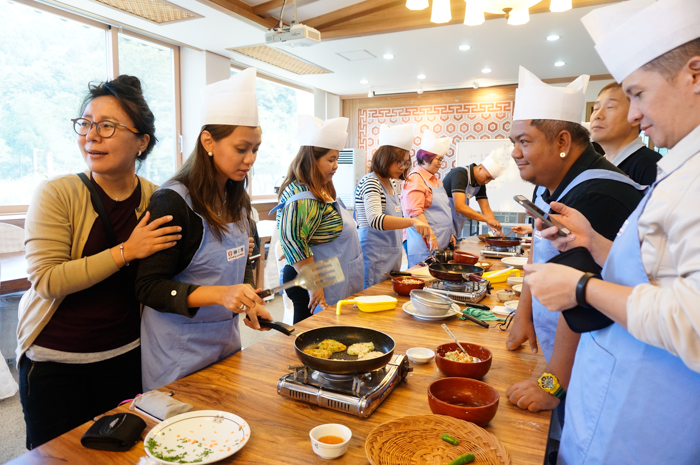
Traditional Korean Bibimbap, or at least the one we prepared, looks like a mortified green salad with fried rice drizzled in oil, spices, seasoning topped with the best-looking scrambled egg, and special bean paste. Imagine the taste of Tapsilog minus the tapa or beef then add lots of fresh vegetables and tons of chilies. Potato pancake, meanwhile, is a mixture of freshly grated potatoes, thinly chopped carrots, and leeks that is panfried in light oil minus salt, pepper, or any kind of seasonings.
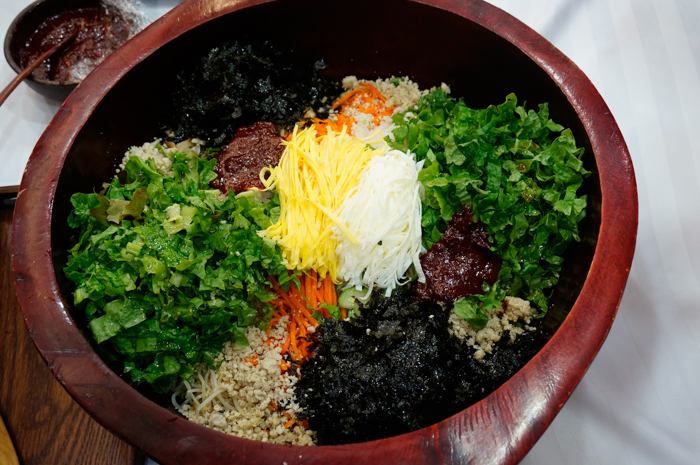
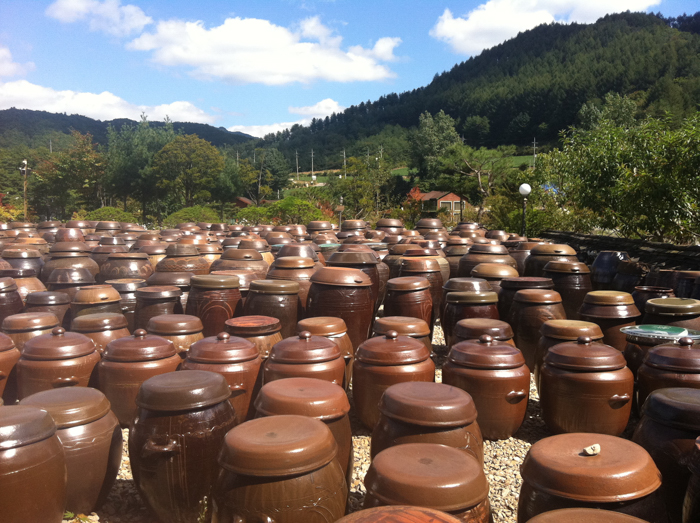
Because food is rarely fried in Korea, BBQs aren’t drenched in sweet sauce or vinegared, and fats are burned in flames for grilling. Every meal served nourishes the body and feeds the soul at the same time. My 6-day journey ended with a tummyful of wisdom, palateful of new flavors and delicious memories – just some of the things that are sometimes hard to find in of my own country.
For direct flights to Korea (Incheon/Seoul) from Manila or Cebu, Philippines AirAsia offers daily flights via NAIA Terminal 3 and Mactan Cebu International Airport at low fares only at www.airasia.com. For more information about their promos and activities, like them on facebook/airasiaphilippines and follow them on twitter and instagram at @AirAsiaPh.
For more information about Korea, visit www.asiaenglish.visitkorea.or.kr/ena/index.kto
This article is contributed by Jenny Bugarin. A mother, wander-woman, traveler, and airline corporate communications manager
who likes to cook and eat. Some photos from this article are supplied by Clarie Aguilar.

